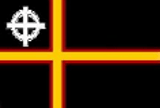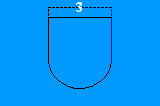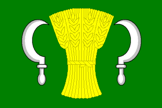

Flag
and Arms of Horní Bludovice, Czech Republic (fotw)
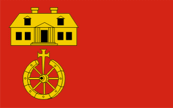

Flag and Arms of Nozdrzec, Poland (fotw)
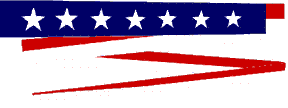
Commission Pennant, US (Sea Flags)
2) In English then British RN usage, now obsolete (and largely – but not exclusively - dependent upon the rank of the admiral in command), the second senior of three alternative ensigns carried (undefaced) by a warship until 1864 – see ‘blue ensign 2)’, ‘red ensign 2)’, ‘yellow admiral’ and the notes below.
3) Generically, any canton flag (either plain or defaced) with a white field – particularly (but not exclusively) if flown at sea – a British-style ensign (see also ‘blue ensign 3)’, ‘canton flag 1)’, ‘deface’ and ‘red ensign 3)’).

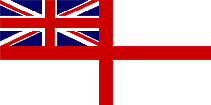
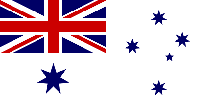
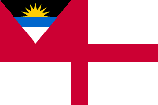

White Ensign c1630 – 1702, England (fotw); White Ensign, UK (Graham Bartram); Naval Ensign of Australia (fotw);
Naval Ensign of Antigua Barbuda (fotw); Naval Ensign of Sri Lanka (fotw).
Notes
a) With regard to 1), the term may also be applied to any British ensign with a white field.
b) Regarding 2), before 1864 an Admiral’s seniority was outwardly displayed by the colour
of his command flag and by the ensigns flown by any ships under his command - the junior colour being blue,
the next white and the senior red - however, in 1864 this colour system was abolished, and thereafter all
flag officers flew a white command flag from the appropriate masthead where applicable, and all Royal Naval
ships the white ensign (see also‘distinction of colour’
and ‘flag of command 1)’).
c) In addition the ensigns worn within a fleet could be arbitrarily changed (if the tactical situation
required it) by order of the Flag Officer in overall command of that fleet irrespective of the grade
held by any of his subordinate admirals.
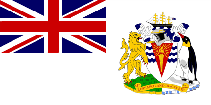
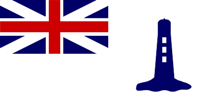
Flag of The British Antarctic Territories (fotw);
Commissioner's flag, Commissioners of Northern Lighthouses, UK (fotw)
Please note that definition 3) is given with regard to the consistent use of proportions when describing a flag and its charges, however, it is suggested that when giving the actual dimensions of any such charge the word ‘height’ should be used for its vertical measurement and the phrase ‘width across’ for its horizontal size (see also ‘dimensions’ and ‘proportions’).
![[wigwag flag]](../images/v/vxt-d1125.gif)
Vessel Flag of the Army Signal Corps, US (showing a pair of Wig-Wag Flags)
2) In largely Dutch usage as above, but also sometimes flown (on the same flagpole) in addition to the national flag to express loyalty to a particular municipality/region, or to the House of Orange – for example, a long orange streamer is often flown with the Dreikleur if a member of the Royal Family is present (see also ‘dreikleur’).
![[wimple - Denmark]](../images/v/vxt-d355.gif)
![[wimple - Sweden]](../images/v/vxt-d355a.gif)
The Wimpel/National Pennant of Denmark (fotw); The Wimpel/National
Pennant of Sweden (CS)
Please note that this term (or slight variations thereof) means pennant or streamer in several European languages, but has been adopted into English language vexillology in this context – and with the meaning given above - only. In Danish and Swedish it is a VIMPEL, in Finnish viiri.
![[Windsurf danger flag]](../images/v/vxt-d426a.gif)
![[Wind danger flag]](../images/v/vxt-d426b.gif)
Windsurfing Danger Flag and
Wind Danger Pennant, France (fotw)

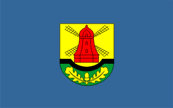

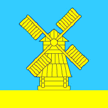

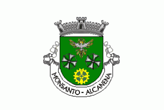

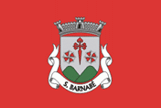
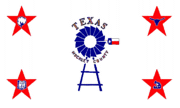
Arms and Flag of Gronowo Elbląskie, Poland (fotw);
Arms and Flag of Kalyta, Ukraine (fotw);
Arms and Flag of Monsanto, Portugal (fotw);
Arms and Flag of São Barnabé, Portugal (Sérgio Horta);
Flag of Hockley County, Texas, US (fotw)
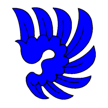
Flag of Arlesheim, Switzerland (fotw)
2) See ‘roundel 1)’.


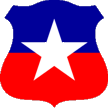
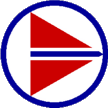
Wing/Fuselage Marking of
Botswana (fotw); Wing/Fuselage Marking of The Philippines (fotw); Fuselage/Wing Marking of
Chile (fotw); Wing Marking/Roundel of
Norway (fotw)
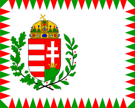
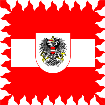

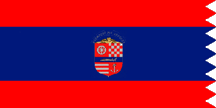
From left: The
War Flag of Hungary (CS & fotw);
Government Official Afloat, Austria (fotw); Coat of arms (Westkingdom);
The Flag of District XIII Budapest, Hungary (fotw)
Notes
a) With The term wolfteeth should only apply to
a border where the triangular charges face inward as shown above, and that when those
charges face both inward and outward the correct term is ‘flammulets’.
b) It may also be applied where the fly edge of a
flag is saw-toothed as illustrated above.
![[Church pennant - Jewish worship pennant US]](../images/v/vxt-d083b.gif)
Jewish Worship Pennant, US (CS & fotw)
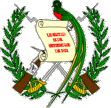
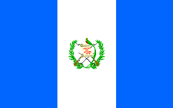
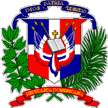
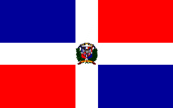

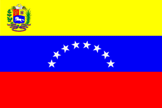
Arms and Flag of Guatemala (fotw); Arms and Flag of
the Dominican Republic (fotw);
Arms and National Flag of Venezuela (fotw)
Please note that a circlet composed of foliage is called a chaplet or garland in heraldry (see also ‘civic crown 2)’ and ‘crown triumphal’).

